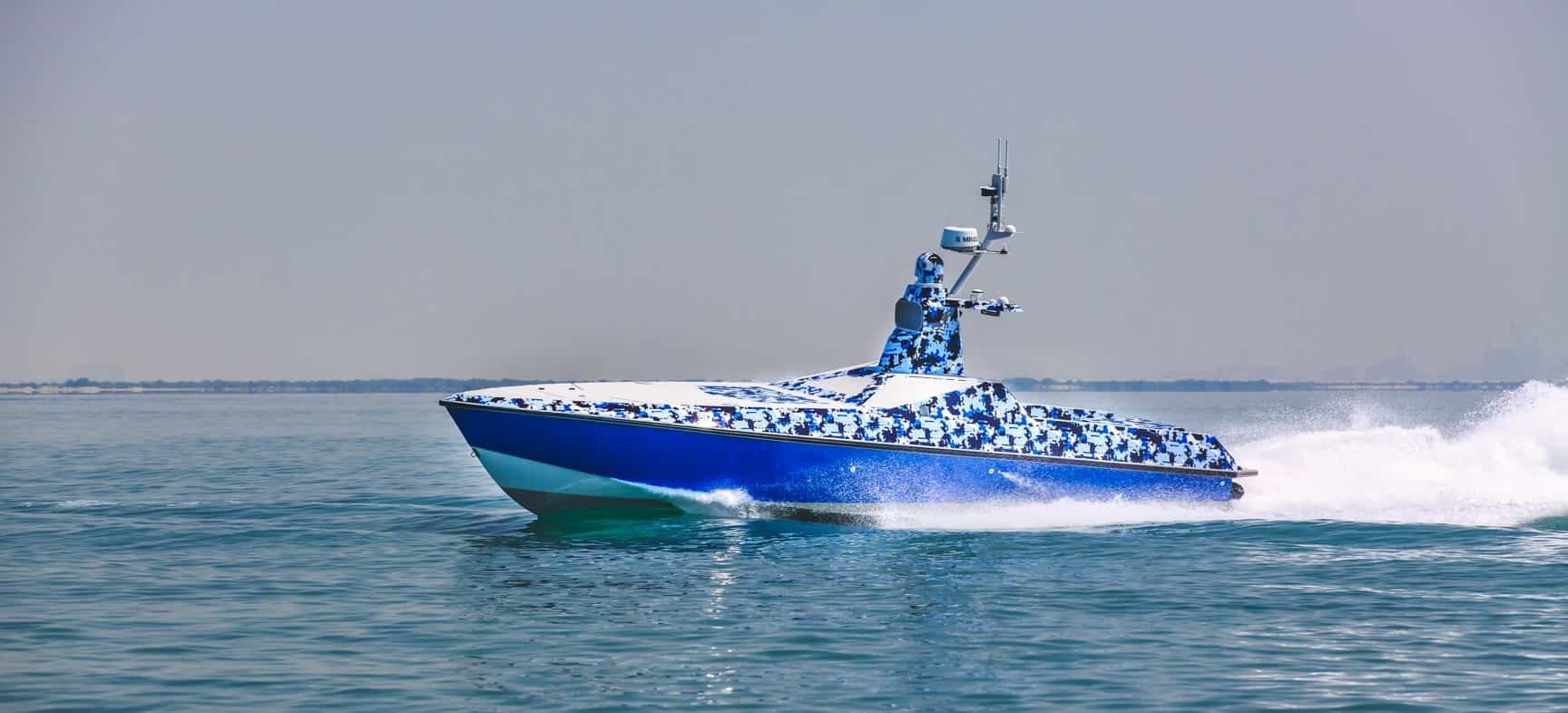Portable Marine Gps - A Guide To Purchasing One
Portable Marine Gps - A Guide To Purchasing One
Blog Article
The water can be a dark location during the night and boaters discover that undersea lights are very advantageous. They are simple adequate to set up and can be put on nearly any type of vessel and hull. LED underwater lights preserve their color, even under water making night time swim a relaxing and pleasurable experience. LED innovation has made underwater lights far more possible, while adding spectacular color and supplying amazing results. Utilized by boaters, and anglers these lights can last up to a decade. Easy to install, reasonably affordable, LED underwater lights are quickly replacing traditional lighting systems.
Let's face it, commercial ship model sets are subject to the needs and restrictions of mass manufacturing procedures. That's not to say that the fittings and plans are not reasonable reproductions of the ship. However much information and accuracy are compromised in the production process. It's essential therefore to get material on the ship that provides you with historic accuracy. A few of the resources for this research product are books, nautical archives, artist renderings, and specific historic marine institutions. Together with information on the ship itself you must also look into marine technology of the period.
To further protect the contents of the bag I put whatever inside 2 water resistant bags. The bags are sealed, and besides offering water defense, the caught air includes buoyancy. If separated from the boat, the bag will float. It's no usage going to all the difficulty of putting together an "oh crap!" Bag, only to have it sink with your precious vessel. You can use tied off trash can, which are great for distilling water also. Everything inside needs to have several purposes. We can put a lot stuff inside that it becomes uncontrollable, so keep it to the requirements. Remember, we are talking survival here, not high-end!
A vhf radio would be really maritime infrastructure changes helpful. Can you envision how irritating it would be to see a passing ship and not have the ability to interact with them? A ship's team may not be out observing the boring Maritime Technology water going by, but they will often have someone keeping an eye on the radio. As you change devices that is still great but perhaps a bit dated, I would put the replaced item in the survival package. The radio is an excellent example of this.
Generally, we determine solar panels by wattage which is how we buy them. You can get photovoltaic panels for boats as small as 10 watts to as excellent as 200 watts and even larger. However it is simpler to comprehend when we change watts to amperage. We compute these values by increasing the number of hours the panel remains in full sun (generally defined as 5 a day in Florida) by the panel's wattage. For a 195 watt photovoltaic panel the amount produced would be 195 x 5 hrs = 975 watts/day. We can then figure, 975 watts/12 volts = 81.25 amps daily.
The San Diego Naval Base briefly opened its doors on April 12, 2007; following the announcement of their plan to send out 30 dolphins to patrol the waters of Washington State's Naval Base Kitsap-Bangor, which is also home nuclear submarines, laboratories and ships.
Now you can see whatever out on the ocean, even at night! With night-optic marine electronics gadgets you can translucent storms and even passed the darkest of horizons. Hey, isn't that the Sea Serpent?